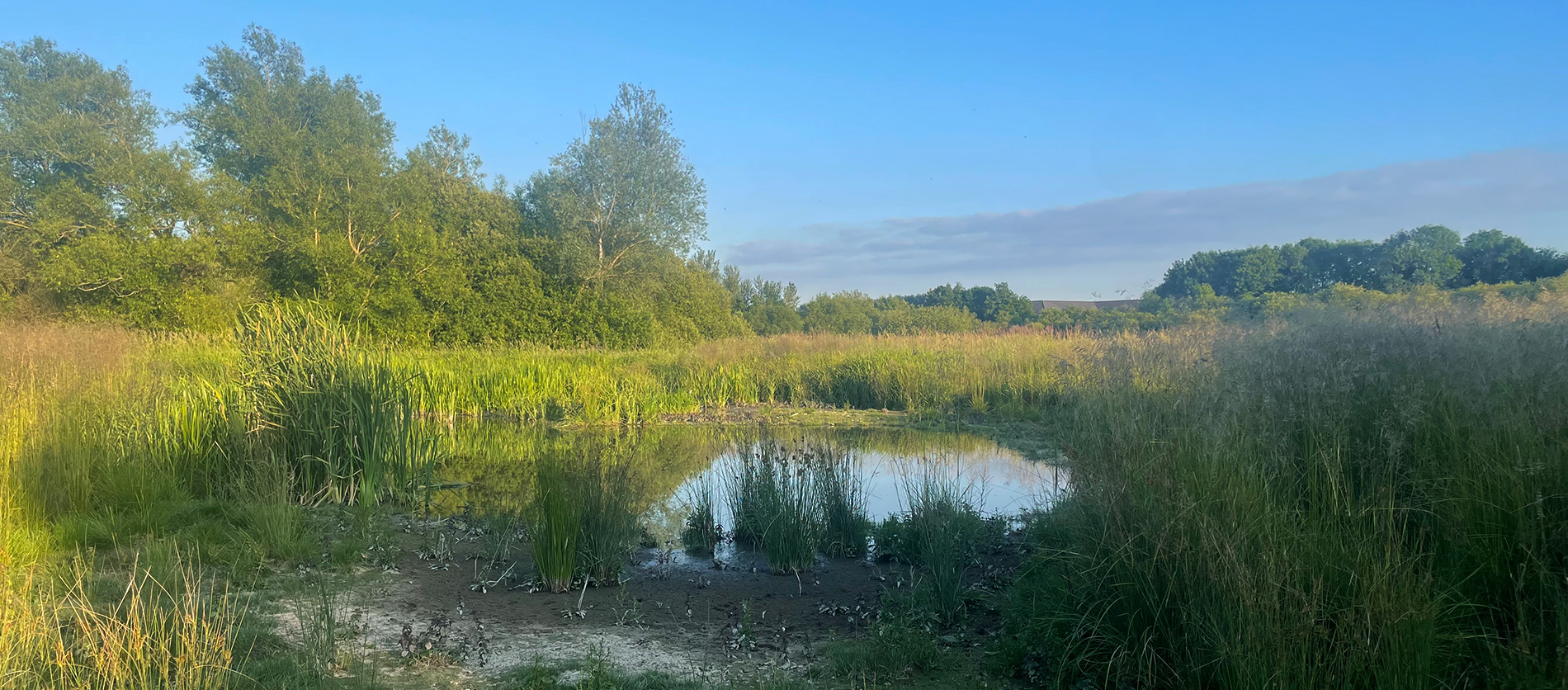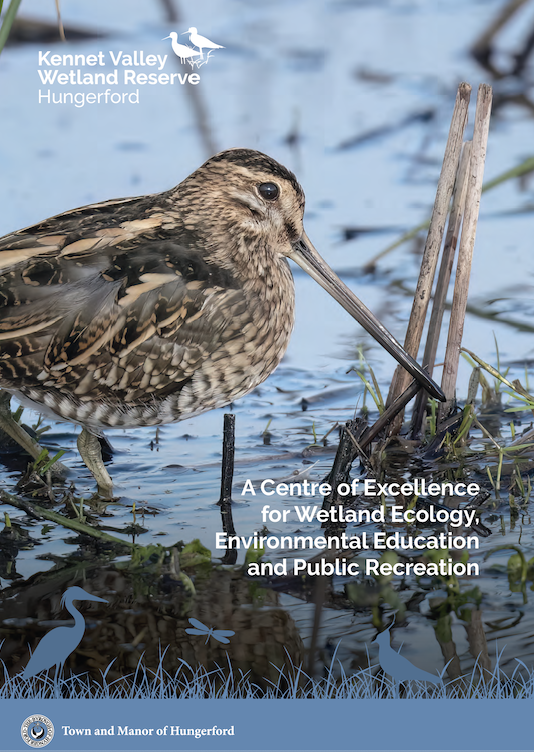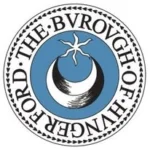Planning Approved
The Town and Manor of Hungerford is delighted to announce that the Kennet Valley Wetland Reserve project can begin!
West Berkshire Council has now granted full planning consent for the construction of the wetland landscape and its access, alongside outline planning permission for the Education and Information Centre.
We are also delighted to announce that Rt Hon, The Lord Benyon of Englefield has agreed to be our Patron.
He says: “Our environment is increasingly under threat. Through changing weather patterns we are now beginning to experience some of the more extreme results of climate change. To quote Tony Juniper, the Chair of Natural England: ‘First drought, then floods, Britain experiences harsh weather extremes nowadays, and it will only get worse with climate change. We must build our resilience. Fortunately, there’s a good way of doing that; restoring wetlands’.
In this regard I particularly welcome the initiative of the Town and Manor of Hungerford to restore some 40 acres of former water meadows in the Kennet Valley, and develop them as a wetland reserve. All of this does of course come at a cost, some £1.5 million, which the Town and Manor hope to raise through an Appeal. I am delighted to support this as its Patron, and would ask you to join me in supporting this most welcome initiative.”
West Berkshire Council has also awarded this exciting wetland project a £100,000 CIL (Community Infrastructure Levy) grant that will go towards putting in place the necessary infrastructure to allow public access to the site and for the future development of the Education and Information Centre.
Philip Porter, the Constable of the Town and Manor, and Chair of the Board of Trustees, that runs this ancient charity, says:
“We are truly delighted and excited about our wetland project. The overwhelming support we have received from the residents of Hungerford and the wider community in the Kennet Valley, from our Patron Lord Benyon, from Hungerford Town Council, and West Berkshire Council, and the many countryside agencies, has been most welcome. We now have some work to do on further detailed designs and to meet various administrative requirements before we start development on site. Getting started on shaping the wetland landscape and putting the infrastructure in place has been much anticipated – watch this space!”
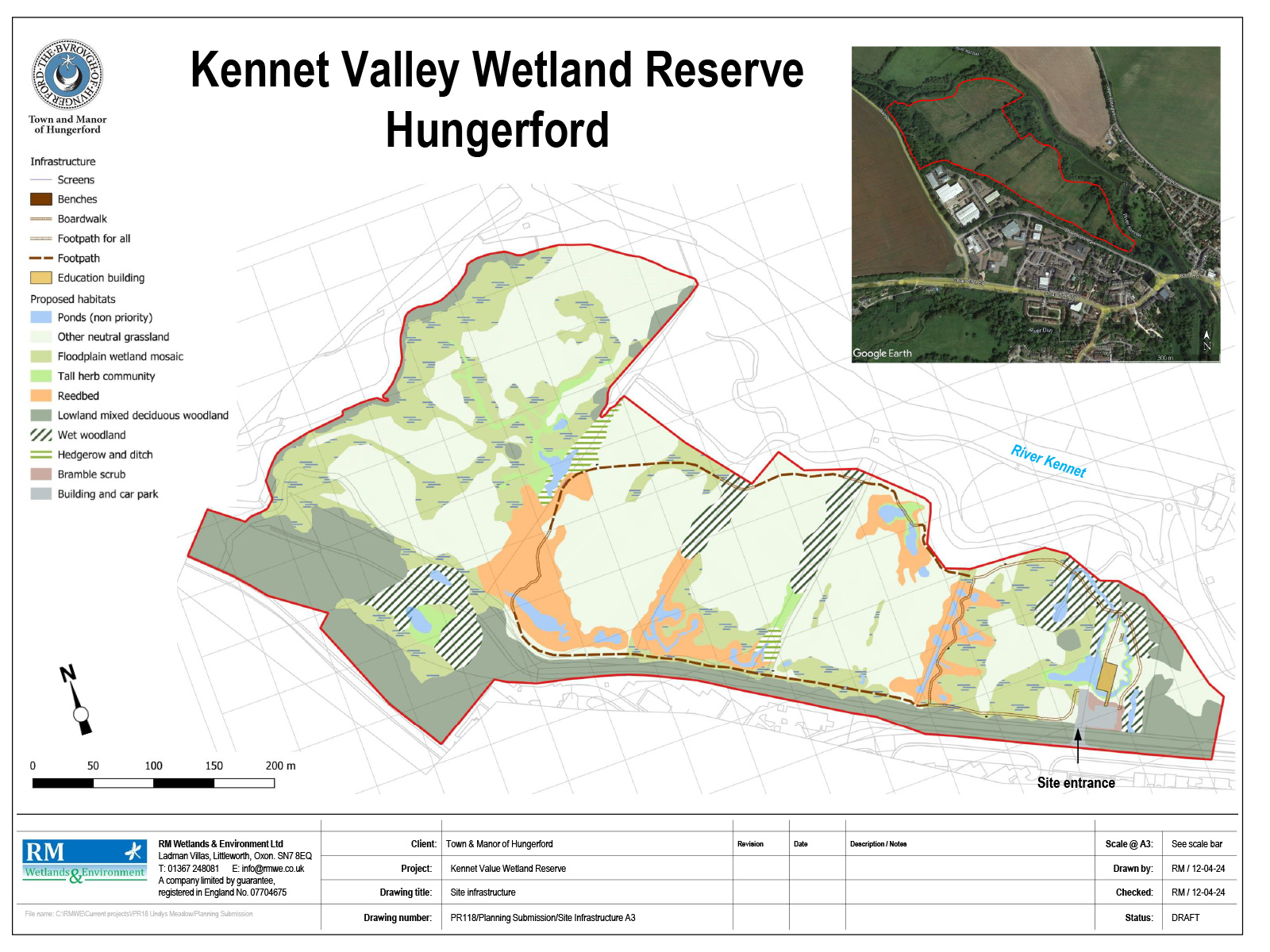
The Planning Application
It has taken some time and a lot of work, with nearly 30 surveys, reports and plans being sourced including: a detailed landscape design, a topographical survey, a tree survey, an archaeological report, an ecological assessment, a flood risk assessment, a flooding sequential test, a planning report, a transport report, a utilities survey and report, a design study for the new access road, bridge and car park, as well as plans, designs and visualisations for the Education and Information Centre – but we are pleased to announce that we have now been granted full planning consent for the construction of the wetland landscape and its access, alongside outline planning permission for the Education and Information Centre.
Fundraising
We are very grateful for all the support we have received via The Good Exchange. The money raised enabled us to fund all the surveys required for the planning application. We are now busy researching further fundraising opportunities to enable us to bring this amazing project to Hungerford.
Now that we have received planning consent, we will be focussing on raising the funds from trusts, foundations, events, and donations. If you can help with our fund-raising appeal in any way, please get in touch using the form at the bottom of this page.


Our Goal
Create a wetland area rich in biodiversity that will help to restore both plant and wildlife, improve the health and wellbeing of visitors and the local community, inform and educate, and contribute to the improved health of the planet.
Why wetlands are important
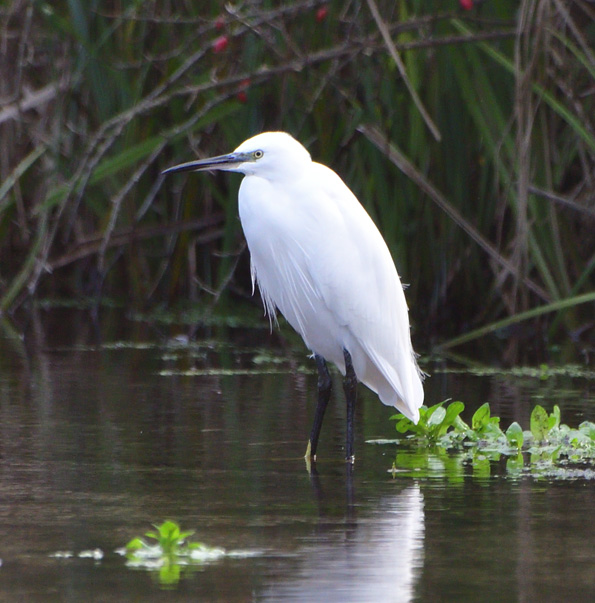
Photography by Darren Prestoe

Emergency Recovery Plan
In 2020, a global team of scientists, including those from the Wildfowl & Wetland Trust and the World Wide Fund for Nature, developed an Emergency Recovery Plan for freshwater biodiversity.
The aim of the plan is to protect and restore freshwater habitats, tackling the threats that have led to an 84% collapse in freshwater biodiversity and the degradation of 90% of the world’s wetlands. It also provides clear plans for what can be done to help with the recovery plan.
How the Kennet Valley
Wetland Reserve will help
The restoration of wetland and development of the Kennet Valley Wetland Reserve will bring significant benefits to people, the immediate area and further afield.
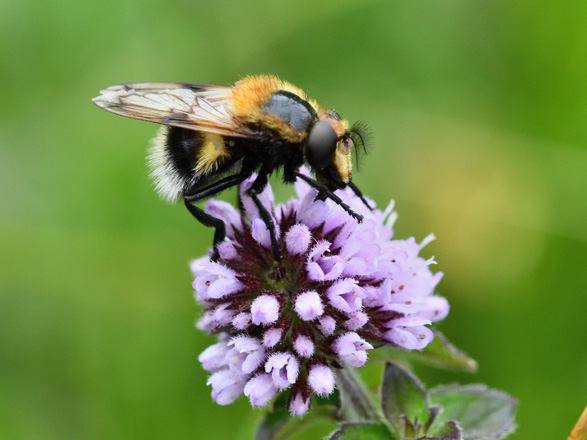
Photography by Darren Prestoe
Creation of wetland
The improved wetland habitats, biodiversity and local nature recovery, and the associated carbon capture and retention, have far-reaching benefits for the environment, while the provision of the reserve, as a public amenity space, will offer physical health and mental wellbeing benefits to all its visitors.
Currently, the land has been derelict since the 1970s, being of poor agricultural quality, and is now heavily overgrown with limited structural or botanical diversity. Detailed and very favourable surveys indicate it has great potential for regeneration as a wetland nature reserve, which will become of regional importance.
Vital flood relief
A key part of the project will be the reconnection of the River Kennet to ancient flood plains, lost over the passage of time.
Allowing the River Kennet to overflow into the wetlands will help to alleviate the risk of flooding further downstream, a significant benefit for towns such as Newbury and Thatcham and those beyond.
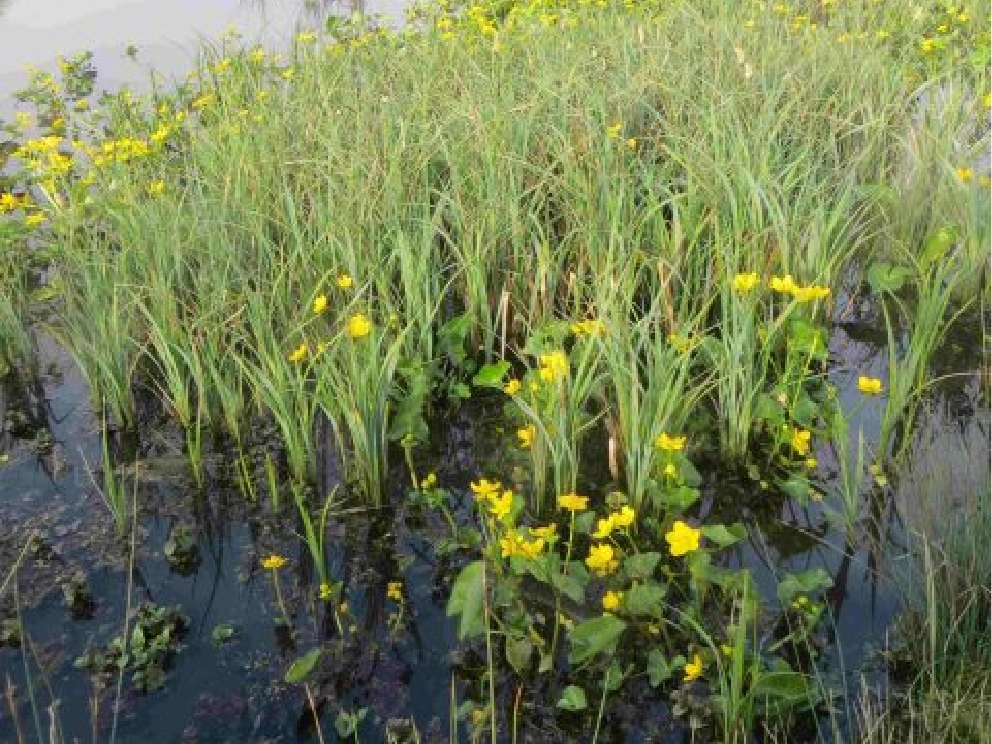

An Education & Information Centre
The Education and Information Centre will share information on wetland and river ecology, conservation and climate change. Sitting on stilts above the flood level, the proposed building will be constructed using eco-friendly, sustainably sourced and low-carbon materials.
The design includes external platforms giving views across the reserve and ground-level access for visitors to enjoy pond-dipping and the sights, sounds and smells of nature close up.
Accessible for all
Both physical and visual access to the wetland will be key. There will be two types of footpaths: an informal circular path and a step-free, access-for-all path that includes boardwalks. Road and pedestrian access will be created that connects the site to Charnham Park road.
The Reserve will be open to all during daylight hours throughout the year and entry will be free.
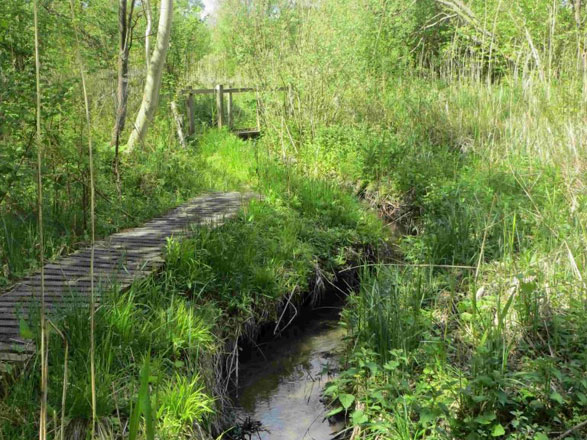
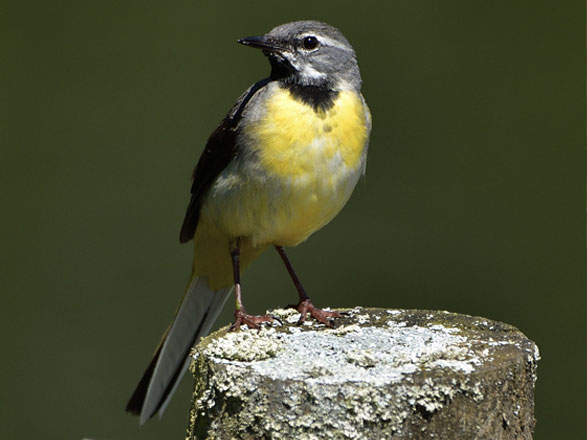
Photography by Darren Prestoe
Timeline
We anticipate that it will take approximately two years to complete the reserve, now that planning permission has been granted. Watch this space!
Historic landowner
The Town and Manor of Hungerford isn’t new to the role of landowner and guardian. Here’s a quick potted history:
Late 1300s
John O’Gaunt (son of Edward III and father of the future king, Henry IV) grants the residents of Hungerford certain rights and privileges that include fishing the rivers Kennet and Dun.
1612
A charter from James I passes the title of the Manor of Hungerford to ‘the townsmen of Hungerford’.
1617
the Manor of Hungerford is conveyed again, this time to be held ‘in trust for the inhabitants’. A Constable and 13 local men, the first Trustees, take on the responsibility of managing and maintaining the Town and Manor.
1908
The Town and Manor of Hungerford formally becomes a registered charity.
2018
16 hectares of historic wetland meadow, on the north-western edge of Hungerford immediately adjacent to the River Kennet, are purchased.
Today
The Trustees of the Town and Manor of Hungerford are responsible for the governance and management of 170 hectares (420 acres), which includes the rivers Kennet and Dun, commons and marshes, 44% of which is designated as a site of special scientific interest (SSSI).
Find out more about our experienced board of Trustees on our About Us page
We’re looking forward to making the Kennet Valley Wetland Reserve a reality, and to restoring a wealth of natural diversity to this small part of the country, for the benefit of all.
contact us
If you’d like to receive updates on the progress of the project, please contact us below.

